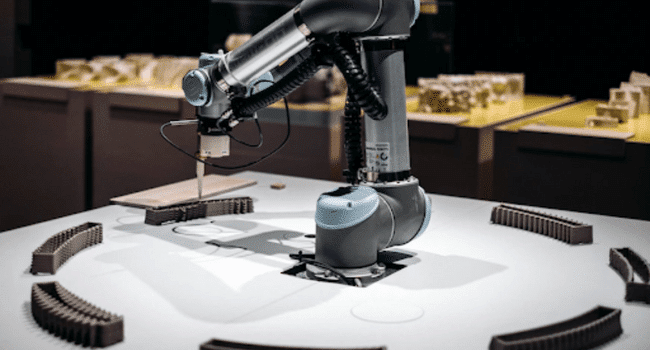Table of Contents
Humans are naturally curious and creative – and these two traits have led our species to innovate, discover and produce many scientific and technological breakthroughs. In our scientific history, it has been proven repeatedly how capable of greatness and intelligence our ancestors were.
From the inception and execution of the wheel to the printing press, several of these key advancements stand out as especially revolutionary. Some of the most innovative inventions we still use today include the wheel, the cutlery dispenser – and more. Read on to learn more about these innovations!
The Wheel
Firstly, the wheel is an invention we still use today. Before the invention of the wheel, humans had a hard time transporting things. They were limited in how much stuff they could transport over long land distances.
During the process of the invention of the wheel, the wheel component itself was not the most difficult part. Rather, the most difficult part of it was when it had to connect a non-moving platform.
The wheel led us, over time, to the invention of cars, trucks – and other vehicles that transported people and things. With the wheel, we can drive and bring ourselves to different places we would never have thought of. Motorcycles, in particular, are linked to fast travel, although they might have their share of dangers.
Cutlery Dispenser
The cutlery dispenser is a majorly useful invention that benefits public eating spaces such as hospitals, restaurants, and cafes. It has several benefits.
For one, the cutlery dispenser helps keeps things organized in public eating spaces. Next, is that the cutlery dispenser does help keep us all safe, especially from those sharp knives – and the danger of food contamination and germs you get from handling all those food.
Printing Press
Between 1440 and 1450, German inventor Johannes Gutenberg invented the printing press. The hand mould was a new technique that would be the key to its development. It helped enable the rapid creation of large quantities of movable metal types. His predecessors, who were Korean and Chinese inventors, had movable types that were produced from metal.
Gutenberg’s other success was that he was the first to innovate a process that made transferring ink from movable type to paper successful.
The movable type process helped make printing presses faster and more productive. As a result, more book copies were made with more ease. And thus, knowledge and the dissemination of information for the first time in history was rapid.
The printing press made the spread of ideas during its time faster. It helped make the printing of the Bible more accessible and fast. In return, more people could interpret the Bible in different ways, such as the way Lutehr did. Luther’s work with the Bible also resulted in his 95 Theses – a crucial event that led to the Reformation.
Wrapping Up
The best everyday inventions are underrated due to their intrinsic value, rooted in their history. They may help us daily. However, they also make our lives much easier to live in.
Author’s Bio:
Rosette is known for advocating a sustainable lifestyle. That’s why on her free days, she spends her time writing about sustainability efforts and other ways to help the environment thrive and heal at a time of drastic climate change.
Read more on KulFiy
The Future of Psychology: Benefits of Virtual Reality Therapy
